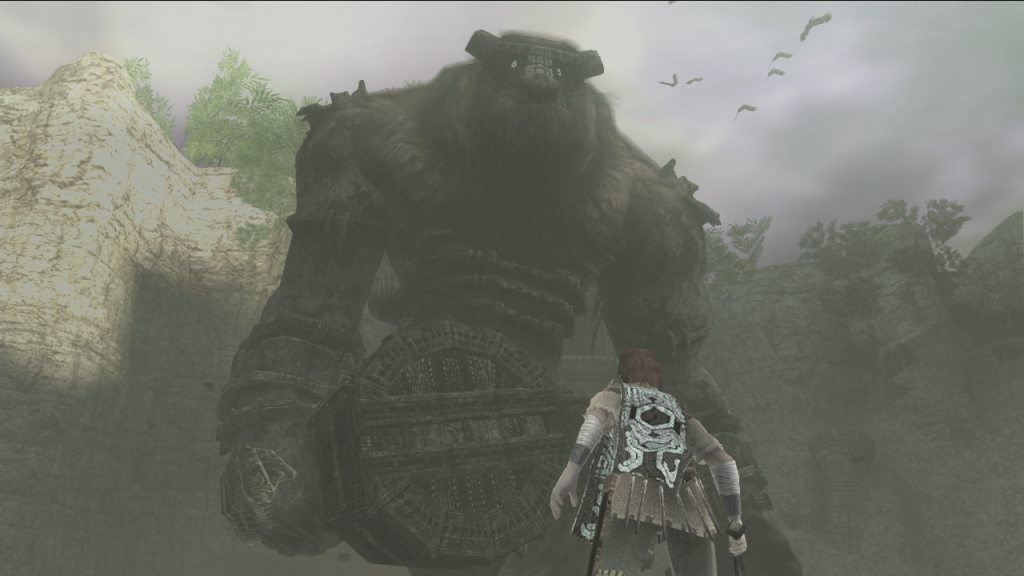I love Baldur’s Gate 3.
I’ve been playing it almost exclusively for the last two months, and have somehow lost over 150 hours (according to Steam, though the game itself says it’s more like 120).
I have never gotten this into an RPG before that wasn’t pencil and paper, and I can think of only a handful of games I’ve spent this much time and energy on, especially in such a short timeframe.
I first started playing tabletop D&D as a freshman in college. Some of my floormates were getting a 3.5 edition game going, and I was invited to join. There’d never been a big enough group of people in my hometown who knew how to play, so I never got to play before college. Needless to say, I leapt at the opportunity to play this fabled game, and I’ve been hooked ever since. We switched to 3.5/Pathfinder stuff when 4E came out, but since 2014, I’ve been playing 5th Edition almost exclusively. Despite this long relationship, I never got into any of the D&D video game properties like Neverwinter Nights or Baldur’s Gate. That all changed this year, when Larian Studios released Baldur’s Gate 3.
Based on the 5th Edition ruleset, BG3 is an incredibly immersive experience. In case you’ve somehow missed this cultural juggernaut thus far, the premise is this. One hundred years (roughly) after the events of the first two games in the franchise, a new threat has arisen in Faerûn. You play as one of a group of adventurers who have been captured by illithids, more commonly known as Mind Flayers. These creatures have infected you and your fellow prisoners with parasites that have taken up residence in your brain. The process that follows will inevitably (and painfully) transform you into a Mind Flayer as well. Before the horror can fully set in, the Mind Flayer ship you’re travelling on is attacked by a group of githyanki, a race of psionic warriors dedicated to combatting illithids anywhere they appear. When the ship crash lands along the Sword Coast, you’re lucky to survive. You’re quickly embroiled in local events as a battle looms between a druid grove sheltering tiefling refugees and a nearby camp of goblins. From here, you’re able to recruit your fellow infected in order to build your adventuring party, seeking a cure for the parasites in your heads as you make your way back to your home city, Baldur’s Gate.
The game boasts an immersive character builder, but also includes numerous pre-built characters that can be selected. Astarion, the elf rogue; Karlach, the tiefling barbarian; Lae’zel, the githyanki fighter; Shadowheart, the half-elf cleric; Gale, the human wizard; and Wyll, the human warlock are all available as Origins characters. If you choose to play as an original character, you can add all of the Origins characters to your adventuring party (though only up to three of them can accompany you at any given time). The final option for a player character is The Dark Urge, an evil-leaning character (that has a default race and class, but those can be changed in creation if you like) with ties to the previous games in the series. Whomever you choose to play as, you’re faced with an escalating series of challenges as you search for answers. The illithid tadpoles in your brain aren’t acting the way they normally would, and a conspiracy stretches all the way to the top of the Upper City of Baldur’s Gate, ensnaring you and your companions.
The gameplay, again, based on D&D’s 5th Edition ruleset is pretty straightforward, and Larian studios included three different difficulty settings so that players who are less familiar with D&D can still enjoy the depth of the story. As a veteran D&D player, but not used to the video game format, I opted for the middle road of Normal difficulty. I quickly acclimated to the controls (once I replaced my dying mouse, which had a tendency to double-click on its own, much to poor Astarion’s frustration). Now my first party, based around a gnome bard, is approaching the end of their journey, and my second playthrough with a half-orc monk is making solid progress in the first act of the game. Because there are so many possibilities for your journey to take, it’s absolutely worth the time to play at least twice. You’ll see that different character types will be offered different approaches to situations, and start to see things that you might have missed the first time around. Regardless, it’s going to be a good time.
I’m not in the business of doing video game reviews, but every once in a while, I just have to let y’all know that I’m enjoying something new. I hope you are too.



